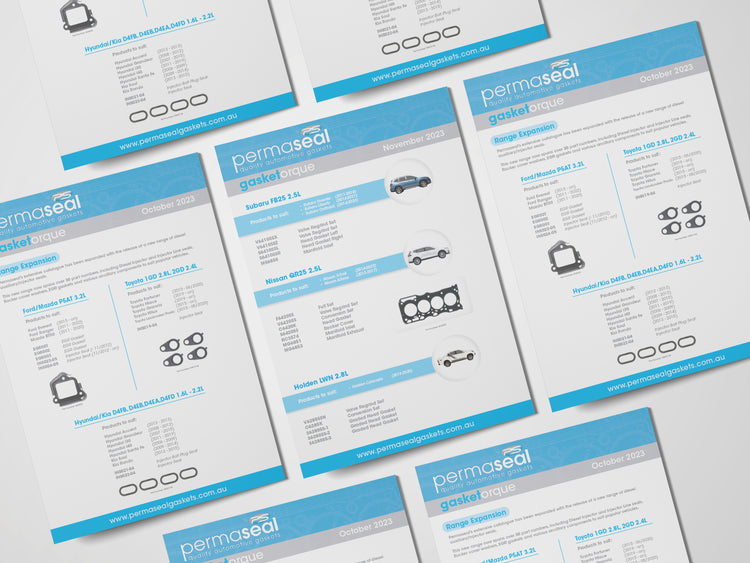
Torque Wrenches
Regular calibration of torque wrenches is an essential part of workshop maintenance. A wrench can quite easily fall out of a specification if it is dropped or misused. As an example, a torque wrench set at 90ft lb was used to tighten a test bolt in an electronic clamp meter. The clamping force at this setting was 5712 lbs. The wrench was reset to 81ft lb to duplicate a 10% error; the reading on the clamp meter went down to 3534 lbs, or a reduction of 38%. This shows that an error by all the head bolts and the end result is gasket failure. It is essential that torque wrenches are looked after by being kept clean, correctly stored and not abused in any way.
Training in the use of torque wrenches is also worth considering. Torque wrenches do not operate like a spanner or ratchet. When torqueing a fastener, ensure that the wrench is kept parallel to the surface of the work, as with micrometre type wrenches, variations will occur in the reading if the wrench is allowed to deviate off the parallel line.
With micrometer adjusted torque wrenches, it is also necessary to return the barrel to a zero reading at the completion of the job, to allow the spring mechanism to settle. Micrometer wrenches will develop errors if this is not done.


